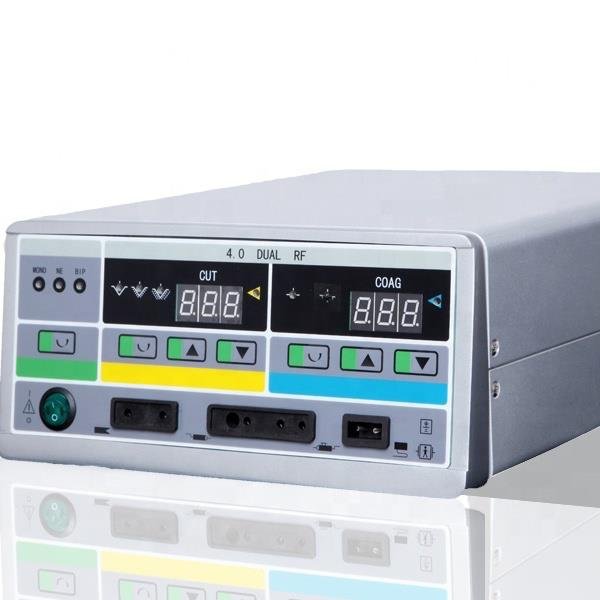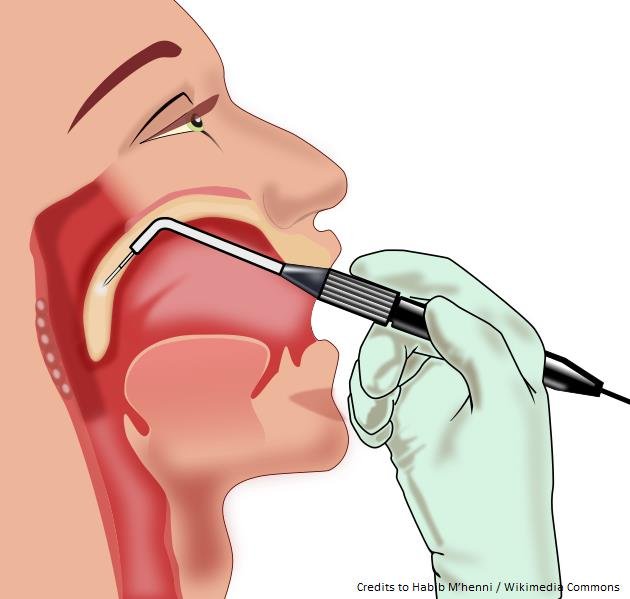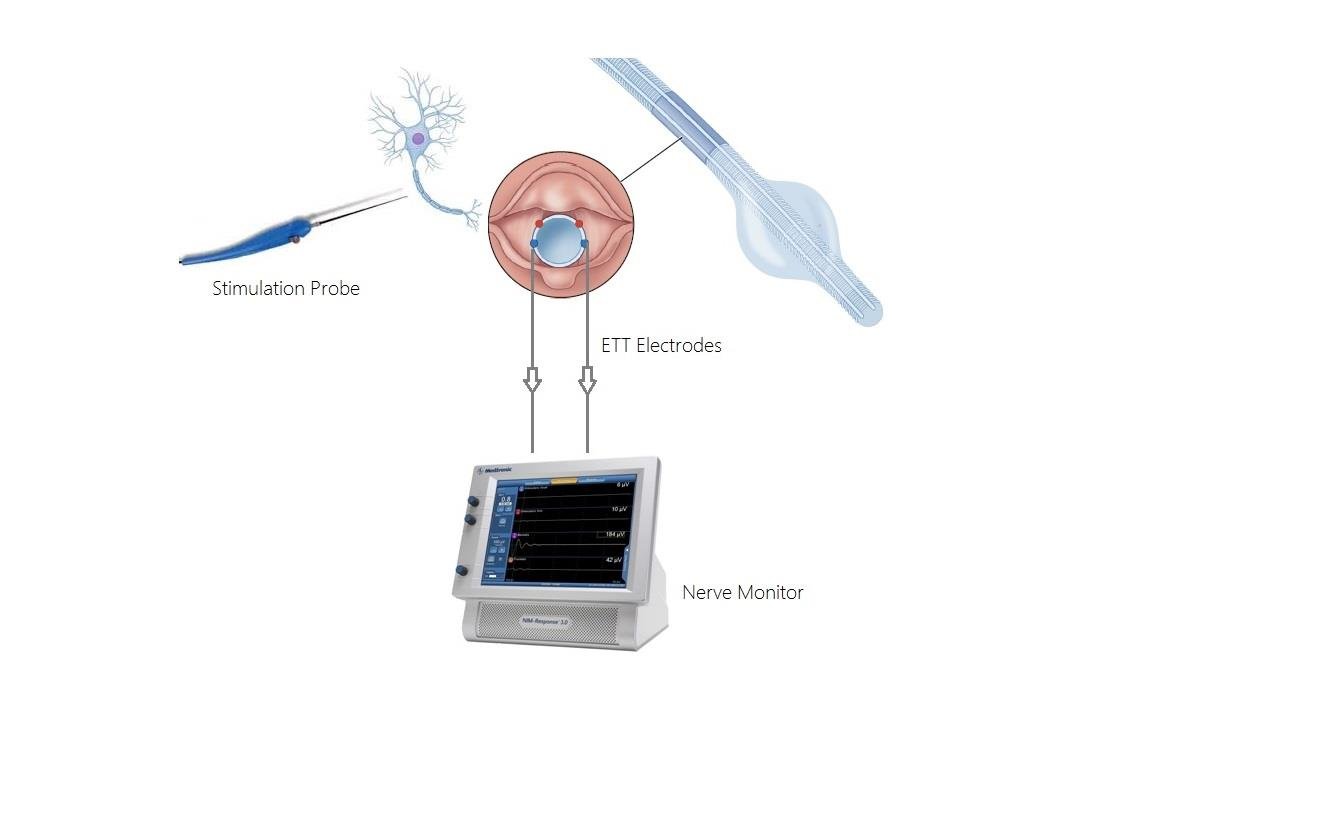
Image guided surgery is one of the most significant advances in endoscopic sinus surgery since its beginning. Image-guided systems are essentially like GPS (global positioning satellite) systems for the anatomy of your head. These systems are used to aid the surgeon in the confirming the location of critical structures when the interior of the nose and sinuses is distorted by unusual anatomy or prior surgery.
As the normal anatomy is often distorted by disease, trauma or previous surgery, and as minimally invasive surgical techniques have been developed, Intraoperative image guidance has become an invaluable tool.
Image-guidance is most useful while operating on patients who have had previous sinus surgery, patients who have more complicated anatomy of the frontal or sphenoid sinuses, cases of benign tumor growths such as inverted papilloma, and patients who have thinning of the bone between the sinuses and the brain or the eye. If the site of a cerebrospinal fluid (CSF) leak is identified on a preoperative CT scan, the image-guidance system may also be useful during CSF leak repairs to help is isolating the bony defect to be patched. In some cases in which both bony and soft-tissue detail is important, a special technology to merge CT scans, which provide good bony detail, and MRI, which offers better soft tissue detail can be merged to take advantage of both views during the surgery.
Image guidance is a near-three-dimensional mapping system that combines computed tomography (CT) scans and real-time information about the exact position of surgical instruments using infrared signals. In this way, surgeons can navigate their surgical instruments through complex sinus passages and provide surgical relief more precisely and safely.











